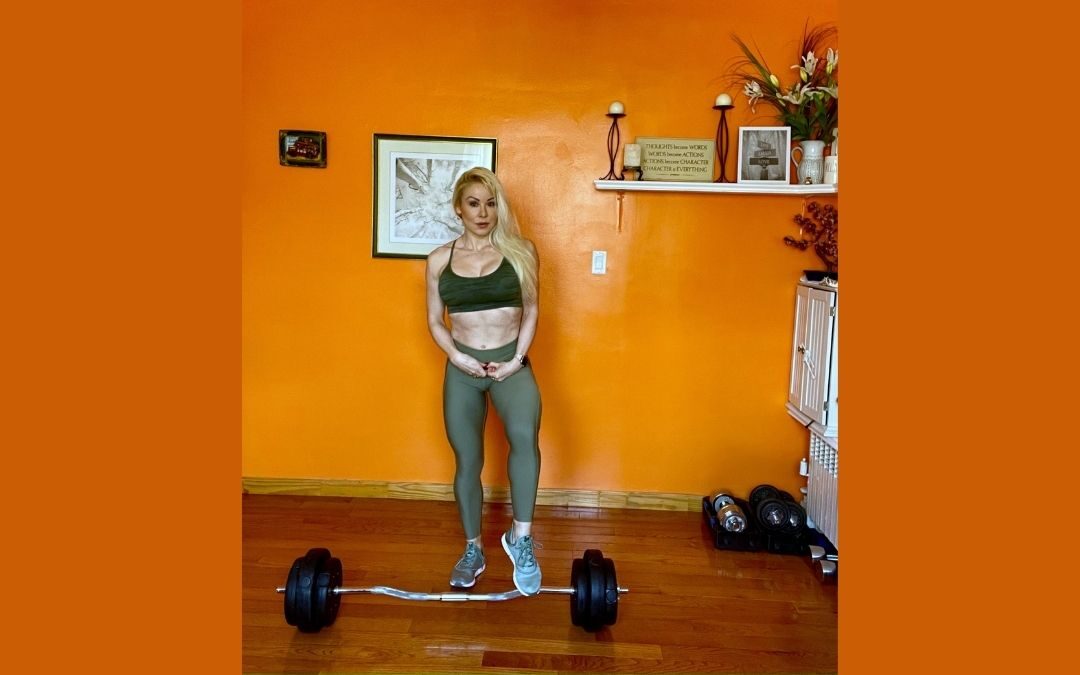Much of the thrill that you feel when working out connects to how you see your progress over time. Depending on your goals, you might get stronger, become faster, acquire more endurance, and notice some visual changes in your body. But sometimes, you may feel stuck at your current level in your exercises, despite putting in the effort. Ahead, we offer some suggestions on what to do when you hit a plateau in your workouts so you can pull yourself out of the rut that you face on your fitness journey.
A plateau is when you start noticing dramatic decreases in the results of your regular workouts for at least three weeks in a row. You stop making gains in a particular exercise and you can’t keep adding weight or reps. Besides hitting a plateau in relation to strength, plateaus can also manifest in cardiovascular training and weight loss.
Alter Your Diet
Once you hit a plateau in your workouts, you could try altering your diet. If your goal is to lose weight, for instance, you could track your daily intake of calories and limit yourself to a certain number to ensure that you continue to make progress toward your final goal. No matter what you want to get out of working out, you must supply your body with the right kinds of fuel to keep it healthy and primed to respond to exercise-based stimulation. Go for a variety of natural foods that will give you a good balance of protein, fats, and carbs. Lean meats, fish, nuts, legumes, and whole grains are good choices. Vegetables and fruits are also essential, as they supply you with vitamins and minerals, among other nutrients. Also, try supplements that help you recover so you have sufficient energy to perform your best.

Change What You Do
If you don’t remain consistent, you won’t see progress. But always doing the same exercises, in the same way, can also cause you to stagnate. This is because your body adapts, becoming more efficient at doing them. While this may sound good, it actually makes it harder for you to advance past a certain point. The solution to this is to change what you do. You could adjust everything, from the number of reps and sets to the order of exercises. You could also replace certain exercises with different ones. Fitness timers are advantageous for modifying your workouts because they can help you challenge the limits of your endurance or speed.
Give Yourself a Break
Another common cause of a plateau is overtraining and not being fully rested. Signs of overtraining are muscle and joint pain, fatigue, low energy, and getting sick more often. Getting proper rest is just as important for your fitness progress as hitting all of your workouts. Rest days allow you to take a break from training and allow your body to recover. Then, your body can replenish its energy stores and repair muscle tissue. Allow at least one day a week for rest.
Giving yourself a break might sound counterintuitive but can help. Sleep is essential to your physical growth. It gives your muscles time to recover, supplies you with energy for your exercise sessions, and keeps your hunger-signaling hormones in check. Consequently, when you have a busy schedule and aren’t getting enough rest at night, you may stagnate with your workouts. Prioritize sleep and consider taking a week or several weeks off when you need.
Experiencing plateaus can be problematic considering that not seeing results can be demotivating. This can push you to deviate from your course and away from your routine. However, you can see fitness plateaus as a transitional period and a signal that you need to make changes. Follow the simple bit of advice described above so you know what to do when you hit a plateau and you can come back revitalized and capable of moving onto greater heights.
To a Fitter Healthier You,
The FitnAll Family



